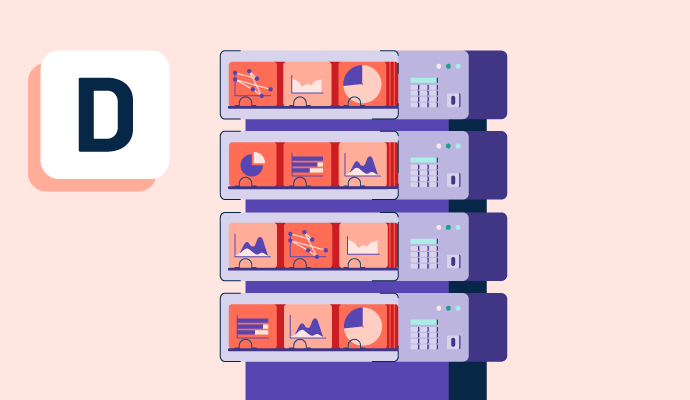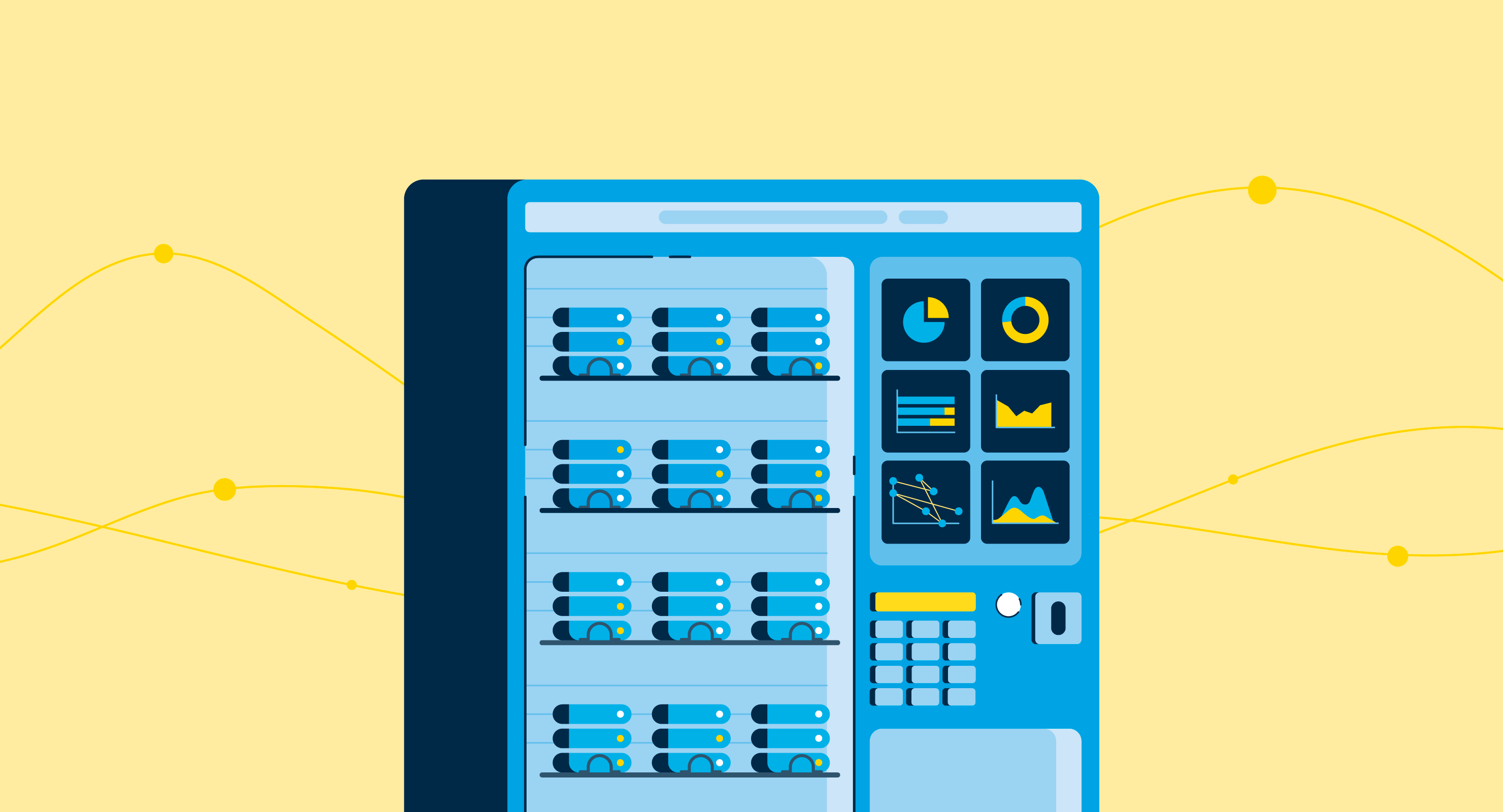What is data virtualization?
Data virtualization lets users access and use data without worrying about technical details, such as the format of the data at its source or where it’s physically located. Unlike some other forms of data management, data virtualization doesn’t require replicating or storing data anywhere. Instead, users connect to datasets in real time without running the risk of mistakenly manipulating the source.
Data administrators, analysts, and engineers use data virtualization software to facilitate data usage through virtual data layers, integrate data across sources, and simplify data retrieval.
Types of data virtualization features
Most data virtualization software systems provide a variety of capabilities and functionalities, such as the ones below.
- Data administration: Database management, access control, and data security are all administrative features that many data virtualization software programs possess. Data administrators should have control over data privileges and accessibility through these systems.
- Data federation: This feature enables users to access multiple autonomous data types through a single interface or data view. Data federation allows businesses to manage and organize data centers and integrate their numerous data sources into other systems.
- Data transformation: Data virtualization software helps businesses analyze and comb through their datasets to identify trends. Data transformation features generally offer quick insights and visual representations of data in various formats.
Data virtualization use cases
Companies employ data virtualization for various use cases according to their specific needs. Common use cases include:
- Data integration: Data virtualization is most commonly used to integrate disparate datasets across sources. Even though the data sources are in different formats, data virtualization makes it easy for data consumers to connect with the data they need without manipulating it.
- Big data and predictive analytics: Big data comes from different sources, including machine data, social media platforms, and transactional data. Data virtualization simplifies how users access these varying datasets from a centralized location.
- Self-service reporting and analytics: Data virtualization helps business users across departments reap the benefits of easy-to-use self-service reporting. Instead of trying to locate various data sources and formats, data virtualization platforms give users the data and information they need to create reports and review analytics.
Benefits of data virtualization
Data virtualization offers many benefits to businesses and their data management, including:
- Faster and more accurate delivery. Since users don’t have to replicate data sources to achieve their end goals, they often get what they need more quickly. Data virtualization also provides data in real time, so users can access the most recent dataset and gain more accurate results.
- Better data protection. Data virtualization enables businesses to protect critical systems and data sources. Users can find and utilize the data they need without the risk of extracting it directly from a critical system and unintentionally changing or manipulating it.
- Enhanced simplicity and flexibility. Data virtualization centralizes data and makes it simple and easy for business users to access. All teams, no matter how technical or non-technical, can benefit from the simple usability of data virtualization.
- Data-driven decisions. Businesses can take advantage of the outcomes of data virtualization to make decisions about business direction based on accurate data.
- Cost-effectiveness. Data virtualization is more cost-effective than other data management solutions because it doesn’t require maintenance resources and tools. Businesses often don’t need as many developers since this approach doesn’t require restructuring front-end solutions.
Data virtualization best practices
Undertaking a data virtualization effort or implementing a new data department is challenging. Businesses should contemplate the following best practices when launching and maintaining a data virtualization practice to maximize the chances of success.
- Establish a data governance approach: Data virtualization uses real-time data, but the sources are only accurate if someone governs the data and monitors it accordingly. Business leaders should prioritize implementing a data governance process before or alongside a data virtualization approach to ensure what they need is available, usable, secure, and honest.
- Centralize data virtualization responsibilities. Businesses should centralize data virtualization responsibilities, so all team members know whom to ask for data assistance. Consolidating data oversight can help eliminate confusion.
- Prioritize educating the organization about data virtualization: Business users may need help understanding its benefits upfront. Data virtualization leads should train other team members and consult with them regularly to ensure they understand the data and how it’s meeting their needs.
- Develop a phased implementation approach: When establishing data virtualization, businesses must think about taking a phased approach because it’s a process that requires iteration. As a first step, data teams can first abstract the data sources and develop data governance policies and procedures.
Data virtualization vs. data federation
It’s not uncommon to see data virtualization and data federation used interchangeably. However, data federation is a type of data virtualization.
Data virtualization allows users to access disparate data across various systems without following strict data models. On the contrary, data federation uses virtual databases with strict data models so users can access distributed data types. The virtual database converts data sources into a common model in the data federation approach.
With the basics of visualization down, learn about database software and how businesses can use it to store customer data and other business details.

Alyssa Towns
Alyssa Towns works in communications and change management and is a freelance writer for G2. She mainly writes SaaS, productivity, and career-adjacent content. In her spare time, Alyssa is either enjoying a new restaurant with her husband, playing with her Bengal cats Yeti and Yowie, adventuring outdoors, or reading a book from her TBR list.



















